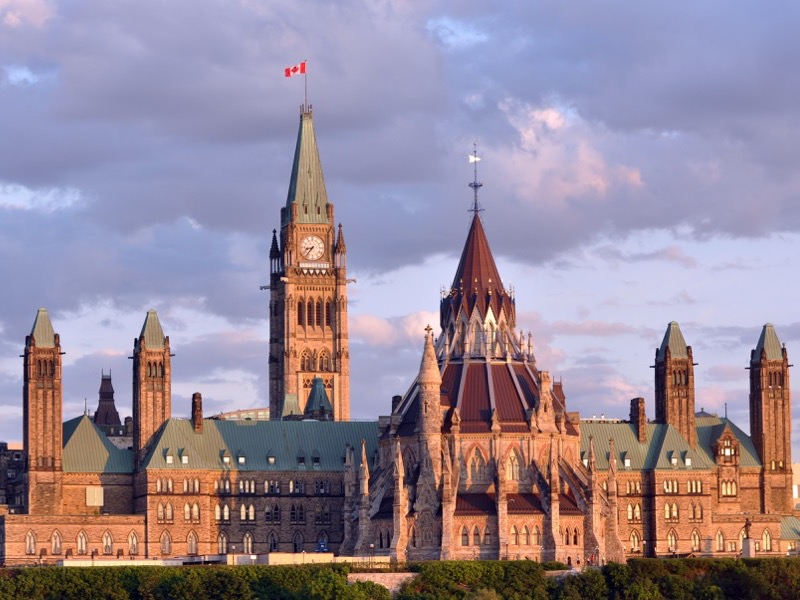
Justin Trudeau is a student of Canadian political history. We know this from the way he recycled Wilfred Laurier’s “sunny ways” approach for his own overwhelming election victory in 2015.
But Trudeau’s tenure as prime minister hasn’t been very sunny lately, which necessitated a new political playbook, as demonstrated by the Sept. 23 speech from the throne. This time, the prime minister took us back to the Lester Pearson years.
The Pearson period from 1963 to 1968 is remembered as the era in which Canada was recast as a modern, caring and diverse nation. The Canada Pension Plan, the Auto Pact, colour-blind immigration, a flag of our own, the groundwork for the bilingualism that was to come and universal medicare are all part of the Pearson legacy.
What makes the Pearson era all the more remarkable is that the mild-mannered ex-diplomat was never able to win a majority government. And the Pearson years were stormy with scandals, ugly backlashes, a budget so unpopular it had to be withdrawn, messy accidents such as Charles de Gaulle calling for Quebec separation during a state visit to Montreal and a combat zone in the House of Commons.
As John English, Pierre Trudeau’s biographer, noted, almost seven in 10 Canadians didn’t think Pearson had accomplished much when he left office —something most of us would find ludicrous today. Before medicare finally became the law of the land in 1968, five million Canadians — a quarter of the population then — had no health insurance.
Pearson faced a Conservative Opposition long on “gotcha” politics but short on policies and unattractive to an emerging generation of voters. Pearson, like Laurier, understood the art of soft power over blunt force. This is probably why the Conservatives were unable to knock Pearson off at the ballot box even though accidents and screwups followed Pearson around, just like they follow Justin Trudeau.
Pearson’s big-change agenda prevailed and — with the exception of Joe Clark’s nine months as prime minister in 1979 — it helped keep the Liberals in power until 1984.
The Conservatives of today are much like the Conservatives of the 1960s: strident and angry. And they risk winding up on the wrong side of history.
There are similarities today to the Pearson years, and Trudeau thinks borrowing from them is worth the risk. Hence, he loaded the store window with many items for potential Liberal voters in a 54-minute, three-part throne speech.
There was something for everybody. Everybody, that is, except fiscal hawks and provincial premiers. New promises such as universal childcare and national standards for long-term care will probably suck up voter attention, but they also tread on provincial jurisdiction.
The Trudeau government is on a legal collision course with the provinces, just as Pearson’s was. The provinces were so opposed to medicare in 1968 that only British Columbia and Saskatchewan signed on. It wasn’t until 1972 that all provinces agreed to participate.
Pharmacare will probably take just as long to become universal across the country. Childcare and long-term care will also receive rough a ride as provinces jealously guard their turf.
As soon as the 2020 throne speech was over, the Conservatives reacted on cue with outrage about the size of the federal deficit. But a thousand yards off Parliament Hill, few seemed to care. Business, labour and just about every social-policy interest group reacted favourably.
Normally, voters don’t like change. But at times of great demographic shift, such as the 1960s and — the Liberals hope — the 2020s, they do. After seven months of pandemic, most of us are seeing the world very differently.
Trudeau, of course, is taking a risk that he is reading the zeitgeist correctly. A prolonged pandemic and recession could turn the public against him. If that happens, the prime minister may have to dip into history and reinvent himself once again.
Canada must modernize financial legislation
Opinion: Failure to adapt risks leaving the nation behind